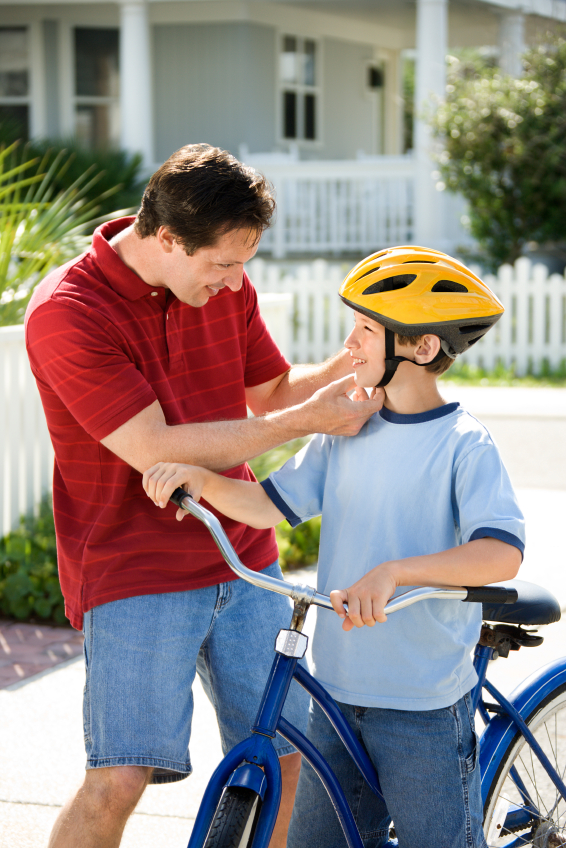While a healthy active lifestyle is an important and desirable part of life for individuals of all ages, it’s important to recognize that sports-related injuries can be a reality for anyone who participates in physical activities.

According to a report from the Canadian Hospitals Injury Reporting and Prevention Program (CHIRPP), more than one in eight people seen in emergency rooms for injuries were participating in a sport or other physical activity when they were injured.
So, whether you’re playing an organized team sport, pick up with your friends, biking, jogging, or just playing with your kids, body awareness, sports safety and preparation should be an essential part of your game plan to help avoid injuries.
Body awareness
While most of us are aware of the risk of injuries that are the result of a collision or violent incident leading to an emergency room visit, injuries can also occur over time from regular physical activity.
Below are a few examples of the more common sports injuries:
Shin splints. Shin splints are pains in the front of the lower legs caused by exercise, often following a period of inactivity. There are different types of shin splints that commonly affect runners and those playing sports that running is a major part of:
Anteriolateral shin splints result in pain around the front of the shin. This can happen immediately if your heel hits the ground in an unusual way.
Posteromedial shin splints cause pain in the inner part of the shins. A week of rest with twice-a-day, 20-minute ice treatments is the recommended home treatment for shin splints.
While this type of injury is usually not serious, if pain continues even with rest, or you think that there may be something else affecting your leg, you should contact a medical care professional.
Achilles tendinitis. The
Achilles tendon is the tough sinew that attaches the calf muscle to the back of the heel bone. Achilles tendinitis is a common injury in sports that require running or jumping (volleyball or basketball for example). If injured, the Achilles tendon would feel tender when squeezed.
This injury can lead to a tearing or rupture of the tendon, so, if you have tenderness around the Achilles tendon that gets worse with activity, you should contact your medical care professional immediately for an evaluation.
Lower back pain. Lower back pain is common in sports that require twisting or lifting and is often caused by not being properly warmed up or moving or picking things up in an improper manner.
In some cases, back pain may subside within one week from the first time you noticed the pain. Usually, minor back pain should clear up in another four to six weeks.
It is commonly thought that bed rest is the only home treatment for lower back pain. While rest is important, lying in bed is actually not the recommended route to recovery, but you should reduce participating in your normal activities for the first few days of pain in order to reduce inflammation. Apply ice for the first two or three days, using heat after that. You can also consult a pharmacist see which over the counter medications may help you feel more comfortable.
If you have other medical symptoms such as swelling or redness of the back or spine, weight loss or pain travelling down to below your knees or any other unusual, accompanying conditions, you should contact your medical care professional as soon as possible.
It is also advisable to seek medical consultation if you have never been examined for back pain before, or, if the pain intensifies or lasts longer than a few weeks.
Tennis elbow. This injury is caused by repetitive twisting of the forearm and/or wrist, like the motion involved in the swinging of tennis or other racquets. Despite the name, tennis elbow can be caused by other, repetitive similar motions that involve the forearm, wrist and/or elbow in non-racquet sports.
Soreness, pain, inflammation on the outside of the upper arm near the elbow are the common symptoms of tennis elbow. These signs can be caused by a partial tear of the tendon fibres, which connect muscle to bone.
Immobolization and rest are the most common home treatments for mild tennis elbow. Over the counter anti-inflamatory medication may also help, so a visit to your local pharmacist may be in order.
If pain or discomfort continues after a rest period, you should seek medical consultation. Tennis elbow caught early can usually be medically treated with non-surgical procedures.




